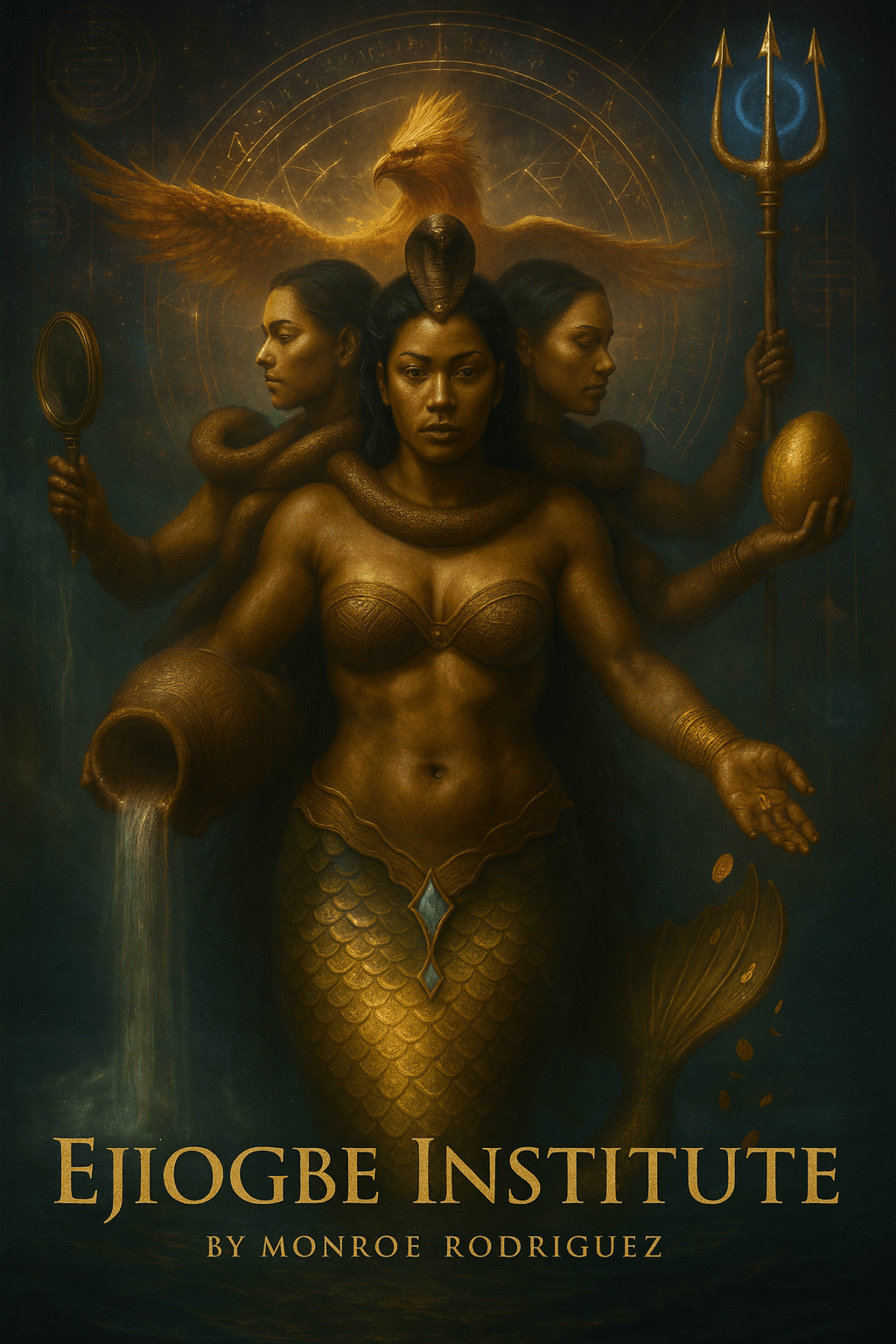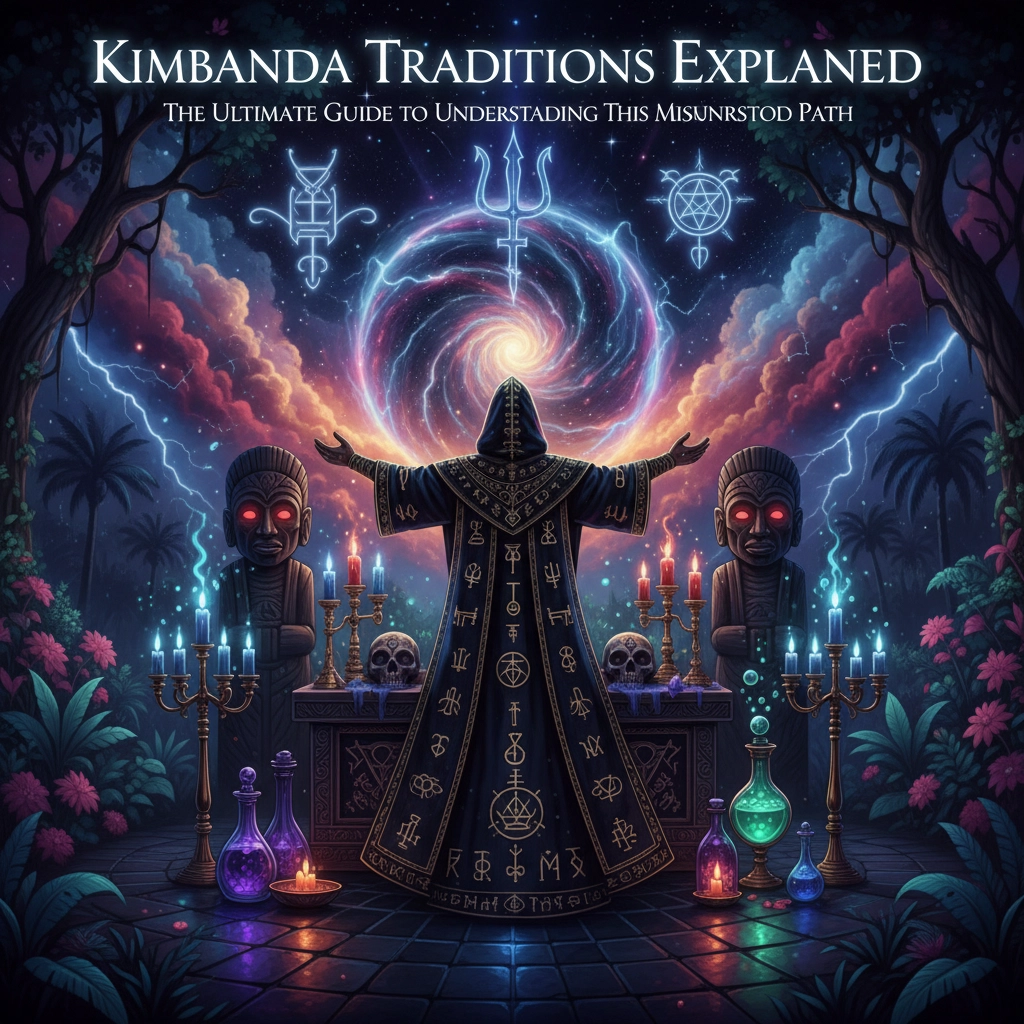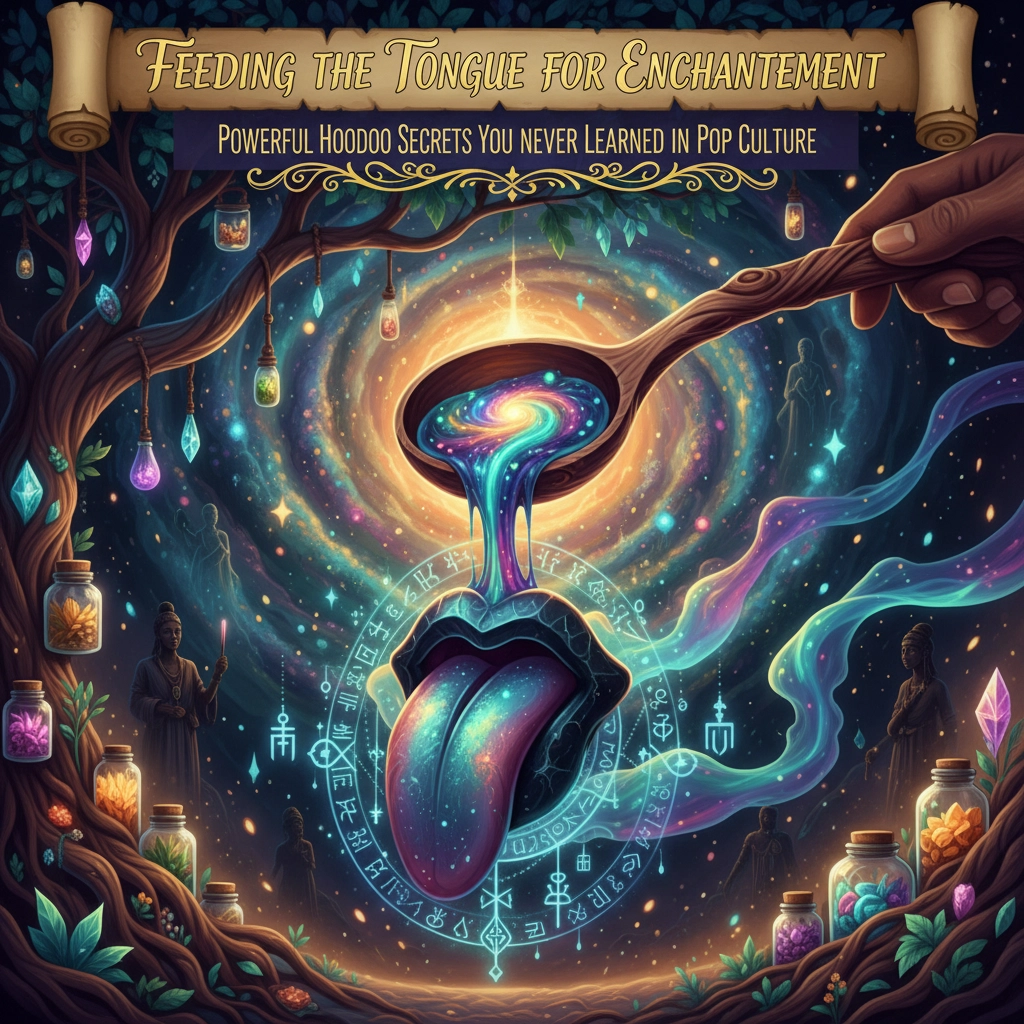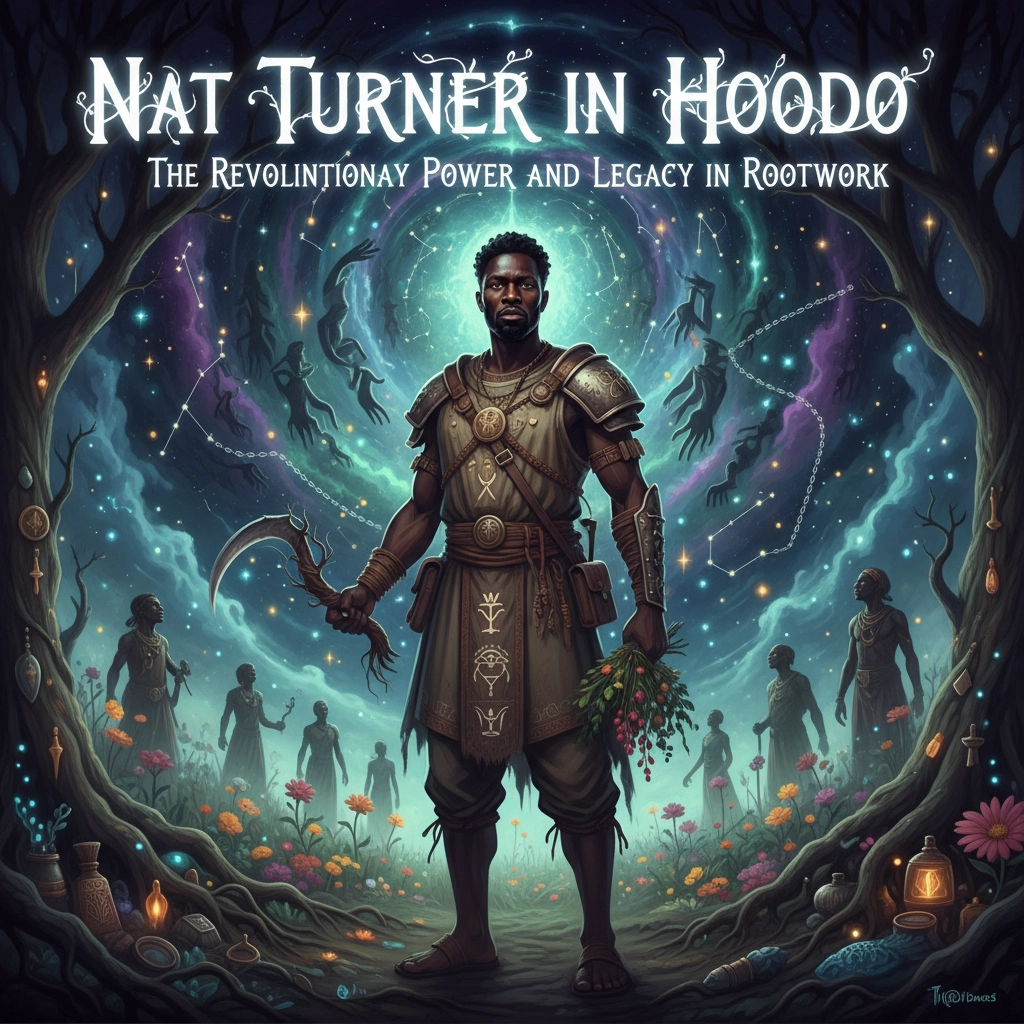What if everything you've heard about Kimbanda is wrong? What if one of Brazil's most demonized spiritual traditions is actually a sophisticated path that embraces the full spectrum of human experience: light and shadow alike?
The truth is, Kimbanda has been buried under centuries of misconceptions, colonial prejudice, and sensationalized portrayals. Yet beneath the myths lies one of the most honest and powerful spiritual systems ever developed. It's time to set the record straight.
What Kimbanda Really Is (And Why Everyone Gets It Wrong)
Picture this: A spiritual tradition so complete, so unflinchingly honest about human nature, that it makes people uncomfortable. Kimbanda doesn't just acknowledge your light: it embraces your shadow too. This Afro-Brazilian path centers around the worship of Eshu and Pombajira, entities that embody both masculine and feminine principles, both sacred and profane aspects of existence.
But here's where most people stumble: They see this duality and immediately label it as "dark magic" or even Satanic worship. Nothing could be further from the truth.
Eshu Mayoral, the presiding deity of Kimbanda, represents something Western spirituality often struggles with: the integration of all aspects of human nature. This isn't about choosing between good and evil. It's about recognizing that true spiritual power comes from embracing the totality of who we are.
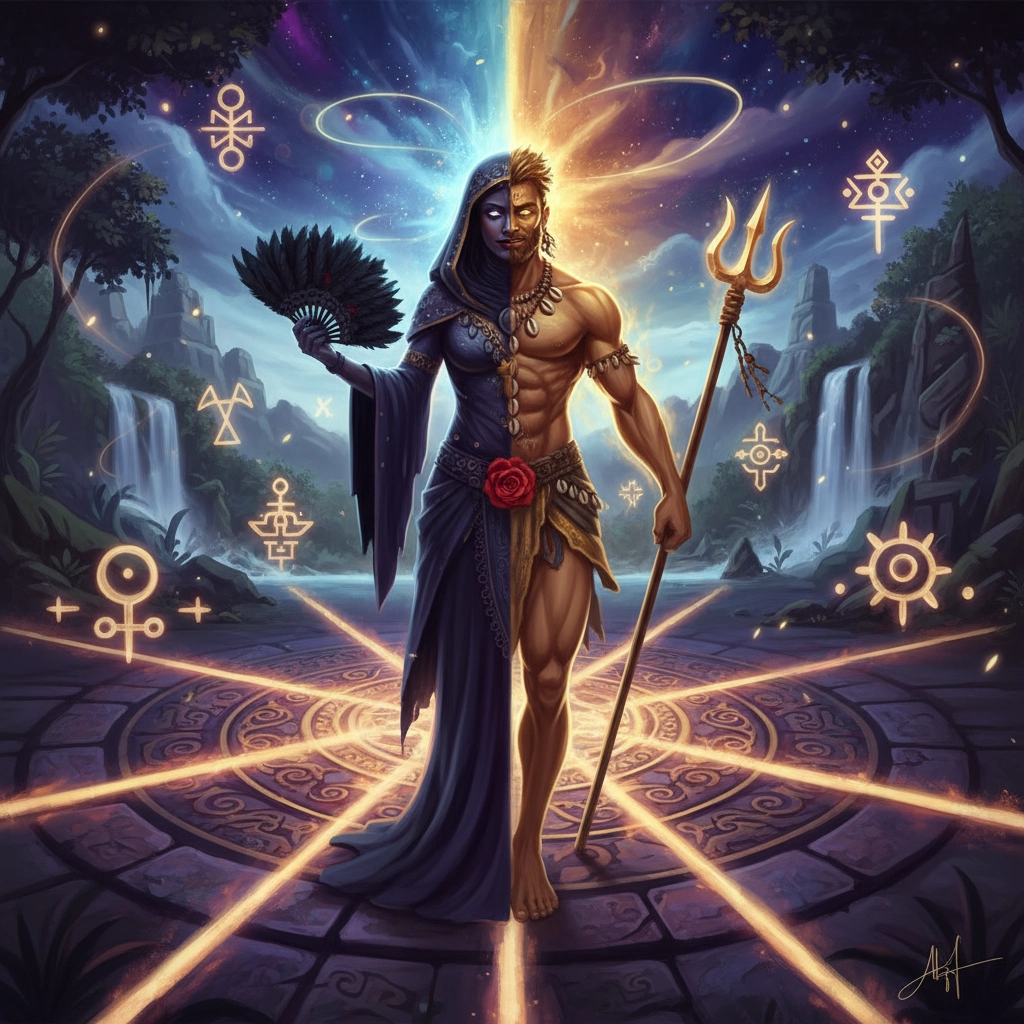
The Real History Behind the Myths
The story of Kimbanda begins not with devils and demons, but with resilience and cultural preservation. When African slaves were brought to Brazil in the 17th century, they carried more than just their bodies: they brought their souls, their stories, and their sacred practices.
These traditions didn't disappear into the sugarcane fields. Instead, they evolved, adapted, and eventually emerged alongside other Afro-Brazilian religions like Candomblé and Umbanda. The modern form of Kimbanda was actually codified as recently as the 1960s by Mãe Ieda do Ogum, a remarkable spiritual leader who organized centuries of oral tradition into a coherent system.
This recent systematization explains why Kimbanda often feels both ancient and startlingly modern. It carries the wisdom of generations while speaking directly to contemporary spiritual seekers who crave authenticity over sanitized spirituality.
The Sophisticated Framework You Never Knew Existed
Ready for your mind to be blown? Kimbanda operates within a cosmological structure of seven realms, each containing nine dominions: that's 63 distinct spiritual territories, each with its own ruling entities and specific purposes. This isn't some simple folk magic. This is a sophisticated spiritual GPS system.
Each realm represents different aspects of human experience and cosmic forces. Practitioners don't just randomly call upon spirits: they navigate this intricate map with precision, understanding exactly which entities can assist with specific life challenges or spiritual goals.
The tradition employs 16 zimba symbols and sigils, each designed to attract and work with particular spirits most suited to manifesting the practitioner's intentions. These aren't arbitrary scribbles: they're precise spiritual technologies developed over generations.
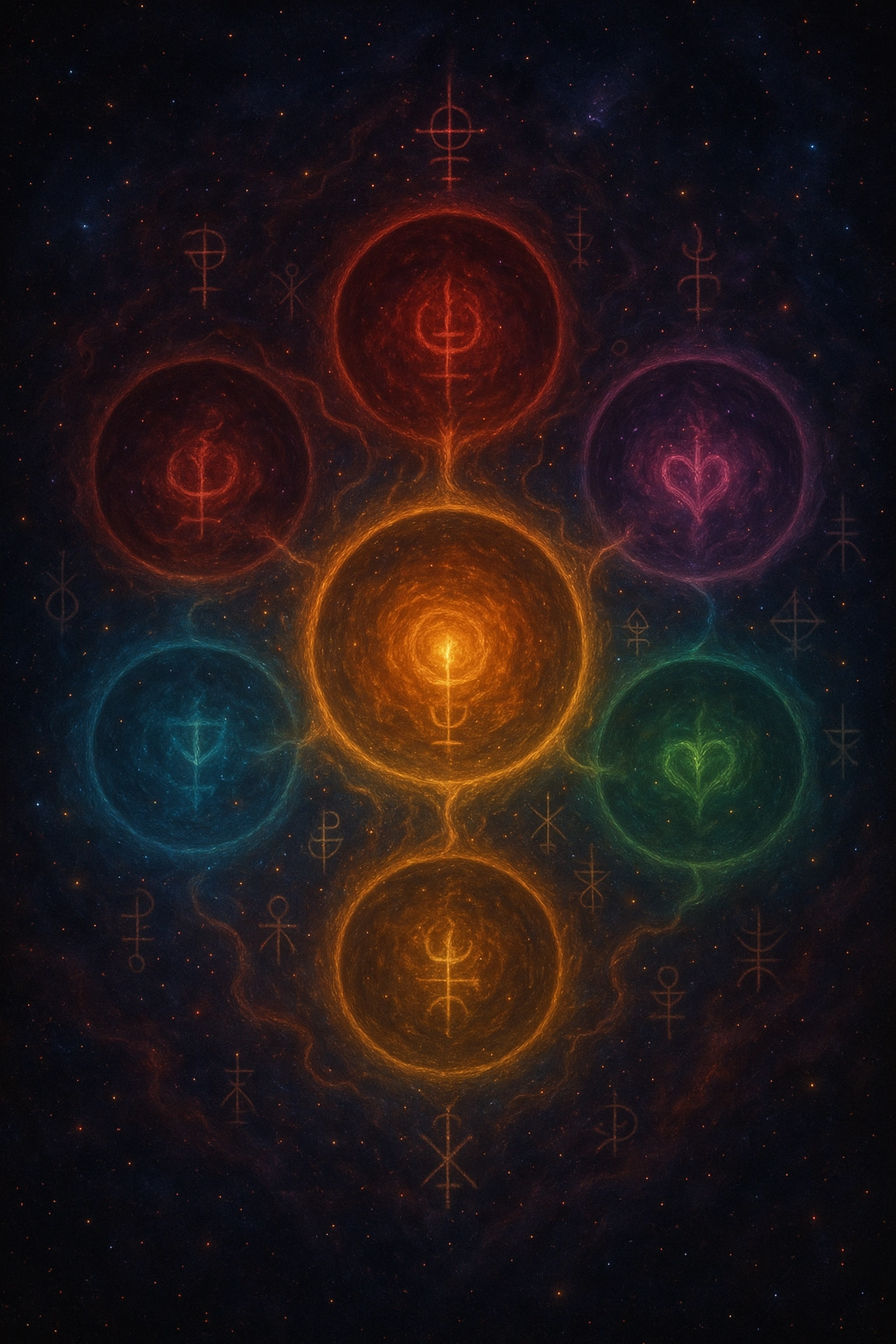
The Sacred Tools That Tell the Real Story
Walk into a Kimbanda terreiro (sacred space), and you might see sacred knives, hear traditional enchantment songs, or witness spirit possession ceremonies. To outsiders, these elements might seem intimidating or even dangerous. But every tool, every song, every ritual serves a specific spiritual purpose.
The sacred knives aren't weapons: they're spiritual instruments that help cut through illusion and negative energy. The enchantment songs create vibrational bridges between our world and the spiritual realms. Spirit possession isn't loss of control: it's the ultimate spiritual communication, allowing direct contact with the entities of the seven realms.
Even the sacrificial offerings, perhaps the most misunderstood aspect of Kimbanda, operate on principles of reciprocity and honor. These aren't blood-thirsty rituals: they're expressions of gratitude and respect within a spiritual relationship that recognizes the sacred exchange between human and divine.
Why Modern Practitioners Are Choosing This 'Controversial' Path
Here's what might surprise you: Kimbanda is growing, not shrinking. More and more people are drawn to its unflinching honesty about human nature and its practical approach to spiritual development.
Unlike traditions that might emphasize only positive thinking or light-focused practices, Kimbanda offers something radical: a complete spiritual framework that doesn't ask you to deny your struggles, your darkness, or your complexity.
Modern practitioners often describe feeling relief at finally finding a spiritual path that doesn't require them to pretend they're perfect. Kimbanda says, "Bring all of yourself to the altar: your anger, your desires, your fears, your power. We'll work with all of it."
This approach produces what many describe as profound transformation. When you stop fighting parts of yourself and instead learn to integrate them spiritually, real healing becomes possible.
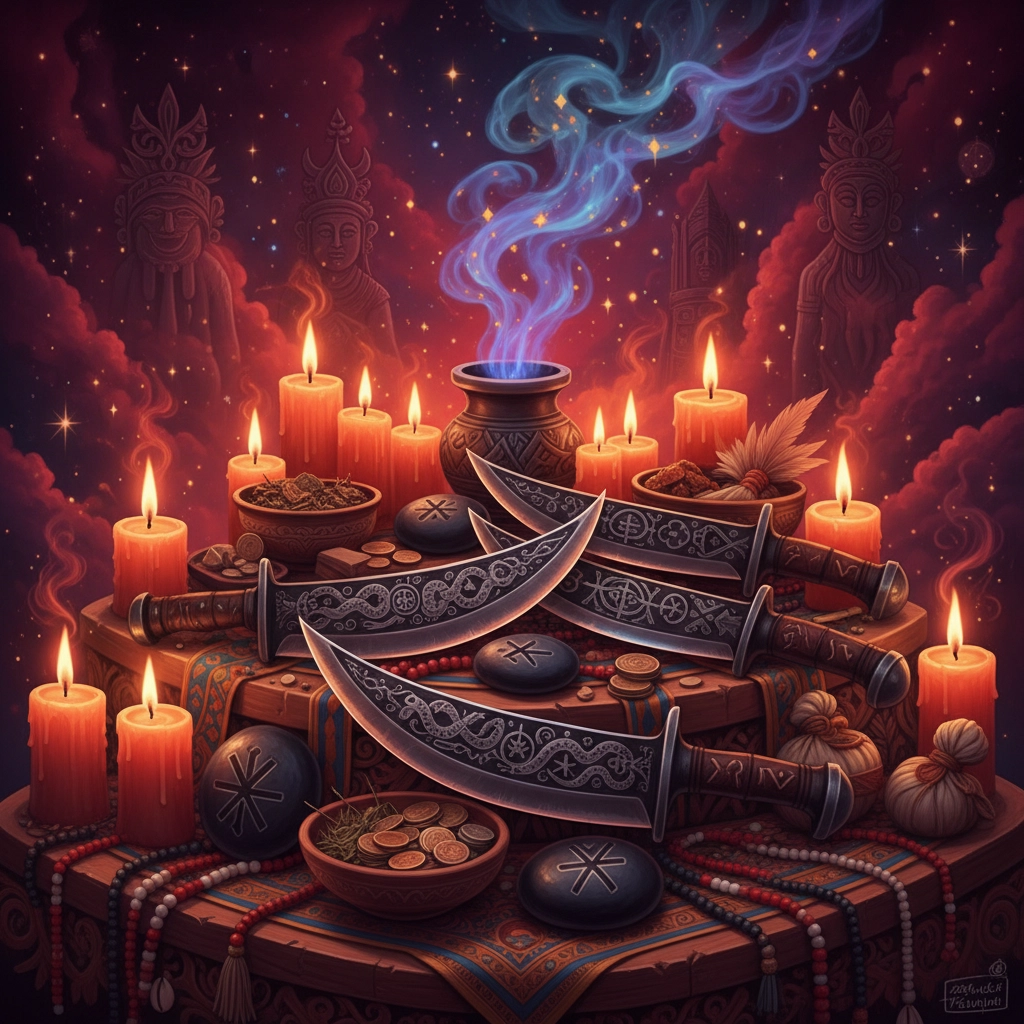
Demolishing the Biggest Misconceptions Once and For All
Myth #1: "It's Devil Worship"
Reality: Kimbanda recognizes spiritual forces that exist beyond simplistic good/evil categorizations. Eshu isn't the devil: he's a cosmic principle that governs transformation and crossroads.
Myth #2: "It's All About Curses and Hexes"
Reality: Most Kimbanda work focuses on healing, protection, spiritual development, and practical problem-solving. The tradition provides tools for dealing with all of life's challenges.
Myth #3: "It's Primitive or Backwards"
Reality: Kimbanda's sophisticated cosmology and practical effectiveness have attracted everyone from university professors to successful business people to psychologists seeking deeper understanding of human consciousness.
Myth #4: "You Have to Be Brazilian or of African Descent"
Reality: While respecting its cultural origins is essential, Kimbanda welcomes sincere seekers from all backgrounds who approach with proper respect and genuine spiritual intent.
Finding Authentic Practice in a World of Pretenders
If Kimbanda calls to you, how do you begin? The tradition emphasizes proper initiation and guidance from experienced practitioners. This isn't something you can learn entirely from books or YouTube videos: the oral tradition remains vital.
Look for practitioners who can discuss the tradition's history knowledgeably, who emphasize ethics and responsibility, and who demonstrate genuine spiritual development rather than just theatrical performance. True Kimbanda work produces real results in people's lives: better relationships, increased prosperity, enhanced spiritual abilities, and deeper self-understanding.
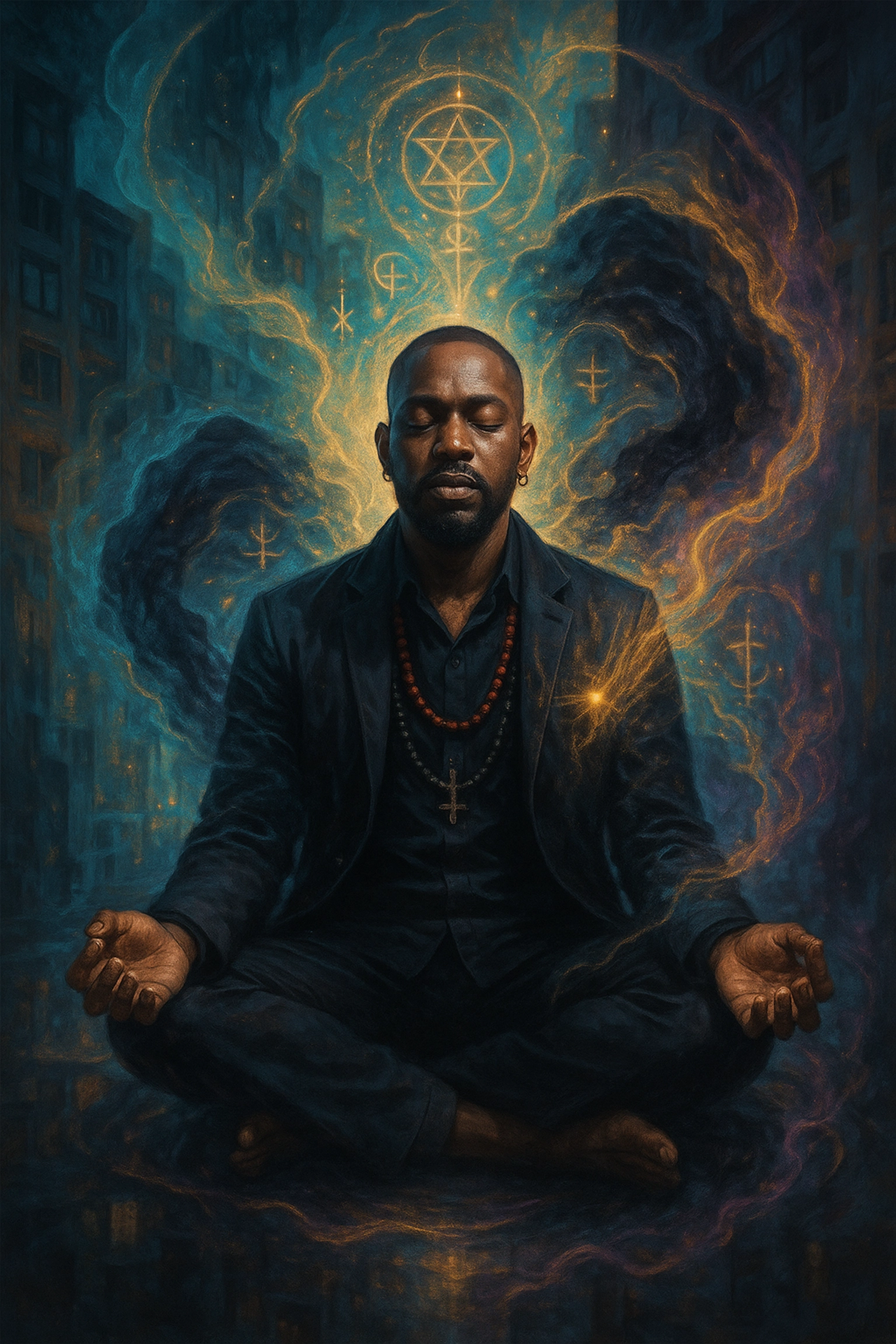
The Path Forward: Embracing Spiritual Completeness
Kimbanda challenges us to move beyond spiritual bypassing: the tendency to use spirituality to avoid dealing with difficult emotions or shadow aspects of ourselves. Instead, it offers a mature approach that says, "Spiritual development requires engaging with all aspects of human experience."
This isn't about becoming dark or negative. It's about becoming whole. It's about recognizing that true spiritual power comes from integration, not denial. It's about finding the courage to work with all the forces within and around us to create positive change in our lives and communities.
The tradition's growing influence extends far beyond Brazil's borders, attracting practitioners worldwide who seek authentic spiritual practice rooted in lived experience rather than theoretical concepts. These modern practitioners often report that Kimbanda provides exactly what was missing from other spiritual approaches: practical tools that actually work and a framework honest enough to address real human struggles.
For many, discovering authentic Kimbanda feels like coming home to a spiritual tradition that finally makes sense. It doesn't ask them to be perfect: it asks them to be real. It doesn't promise easy answers: it provides powerful tools. It doesn't require blind faith: it demonstrates practical results.
Whether you're drawn to explore this tradition yourself or simply want to understand it better, remember this: Kimbanda's greatest teaching might be that true spiritual development requires embracing all of who we are. In a world that often demands we choose between light and shadow, Kimbanda whispers a revolutionary truth: you can work with both, and in doing so, discover powers you never knew you possessed.
The path of Kimbanda isn't for everyone, but for those called to walk it, it offers something increasingly rare in our modern world: a spiritual tradition with the courage to engage with the full spectrum of human experience and the wisdom to transform it all into sacred power.
